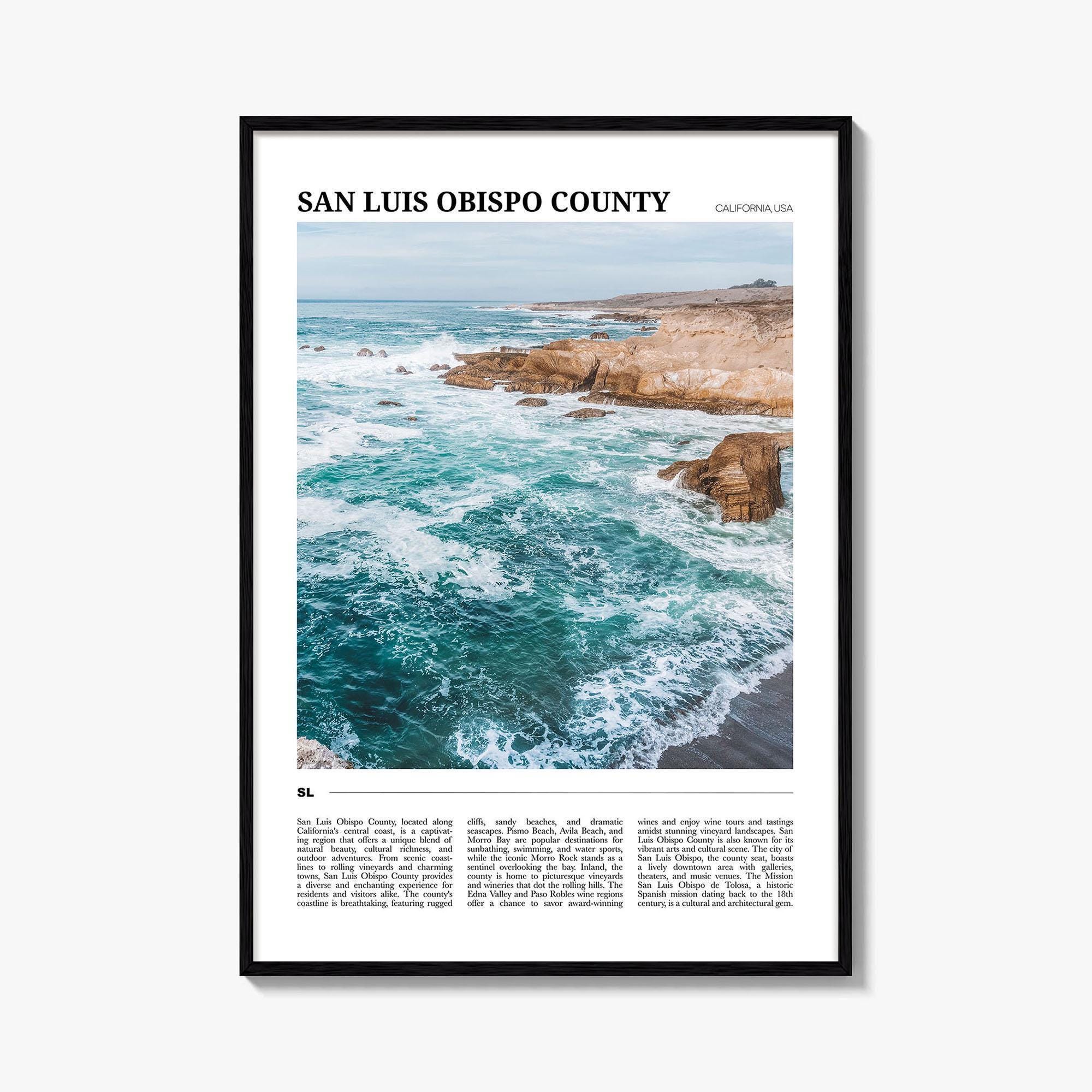
“I was astonished by the affordability of certain products or services in different locales” is a surprisingly frequent remark from individuals just back from vacation, regardless of their destination. Obviously, the list of local discounts tends to be longer in regions where your currency holds more value, but even in the most expensive areas you visit, locals often benefit more than you do at home for at least a few goods. You simply need to uncover what those local steals are and modify your spending accordingly.
For nearly every nation I’ve visited, I can list several products or services that were bargains locally. Cashews and rum in the Philippines, pilsner beers in the Czech Republic, or four-hand massages in Cambodia, for example.
I was reminded of this once more not long ago during my visit to France, one of the most sought-after travel destinations globally, renowned not exactly for its budget-friendly options. You can invest your entire savings in hotel suites and Michelin-starred dining if you desire, but as is true in most places, deals are present if you’re observant. How do French wine prices stack up against what you would spend in your own town? Moreover, if you order a glass or bottle at a Paris restaurant, the markup is likely to be double, not the 4X to 6X that’s typically observed in US restaurants (prior to a substantial tip).
Wine is an excellent value throughout Europe, the cultured continent where having a glass of wine with your meal is regarded as essential, not a luxury. It’s not unusual to discover that wine is cheaper than soda on the menu, because really, who wants to consume something sugary and sweet with their lunch anyway? I’ve spotted decent bottles of wine costing under $5 in at least 10 European nations now, including ones like Italy and Spain where dining and accommodation can be expensive.
But you frequently observe that fruits and vegetables are less expensive as well, even in nations reputedly pricier than the USA or Canada, simply because they prioritize health and quality eating. Junk food may be pricey, but consider these tomatoes in France priced at two euros per kilo, or under a dollar per pound! They actually had flavor, unlike those picked two months prior to maximize efficiency for large-scale agriculture.
My Facebook feed is filled with grocery haul photos whenever I’ve rented an apartment abroad or shopped where I reside in Mexico. While junk food is inexpensive in the USA, healthy food is often more affordable in most other countries worldwide.
Purchase What’s Local, to Begin With
Those tomatoes mentioned earlier were cultivated in France, and obviously, the grapes for the wine were grown, fermented, and bottled in the country. This factor alone significantly influences prices due to the minimal shipping logistics involved in transport.
If you’re in an area where apple trees are abundant, you’re likely to find deals on apples and cider if the season is appropriate. You won’t spend much on coffee in Colombia, rice in Thailand, or olives in Greece. These are clear local bargains.
Some nations do not produce much and must import a majority of their food. Such places generally have higher prices overall and you won’t encounter many deals in the fruits and vegetables sections. However, if they are islands, they typically offer plenty of seafood at good rates, making it a great opportunity to indulge. Occasionally, they’ll have a good number of cows, sheep, or chickens, affecting prices for meat, dairy, and eggs.
In other situations, the raw materials may not be sourced locally, but due to low labor costs, converting imported wheat into bread may not be expensive, or brewing beer from barley and hops.
If you find yourself in a nation with fertile soil and favorable weather for agriculture, seize the opportunity to eat what’s local, especially during the summer or harvest season. When items are in season, you’ll see them plentifully at reasonable prices. There will likely be one or two local markets where you can purchase directly from farmers—or even homeowners with small plots they cultivate for a little extra income. When I stayed in Bulgaria for a month, I cherished visiting the weekend market in Bansko and buying the finest cherries I’ve ever tasted, pistachio butter made by a woman in her kitchen, and homemade jugs of wine for just a few dollars.
One way to gain some insight into this is by participating in a local food tour. I’ve engaged in these in numerous cities and learned a great deal about what is grown and produced locally. I’ve explored local markets with a guide or chef from Oaxaca to Athens to Budapest to Bangkok and had the chance to ask them questions about what I was observing in the stalls. Like these Hungarian pickles:
This “made locally” perspective can apply to a wide range of items that will